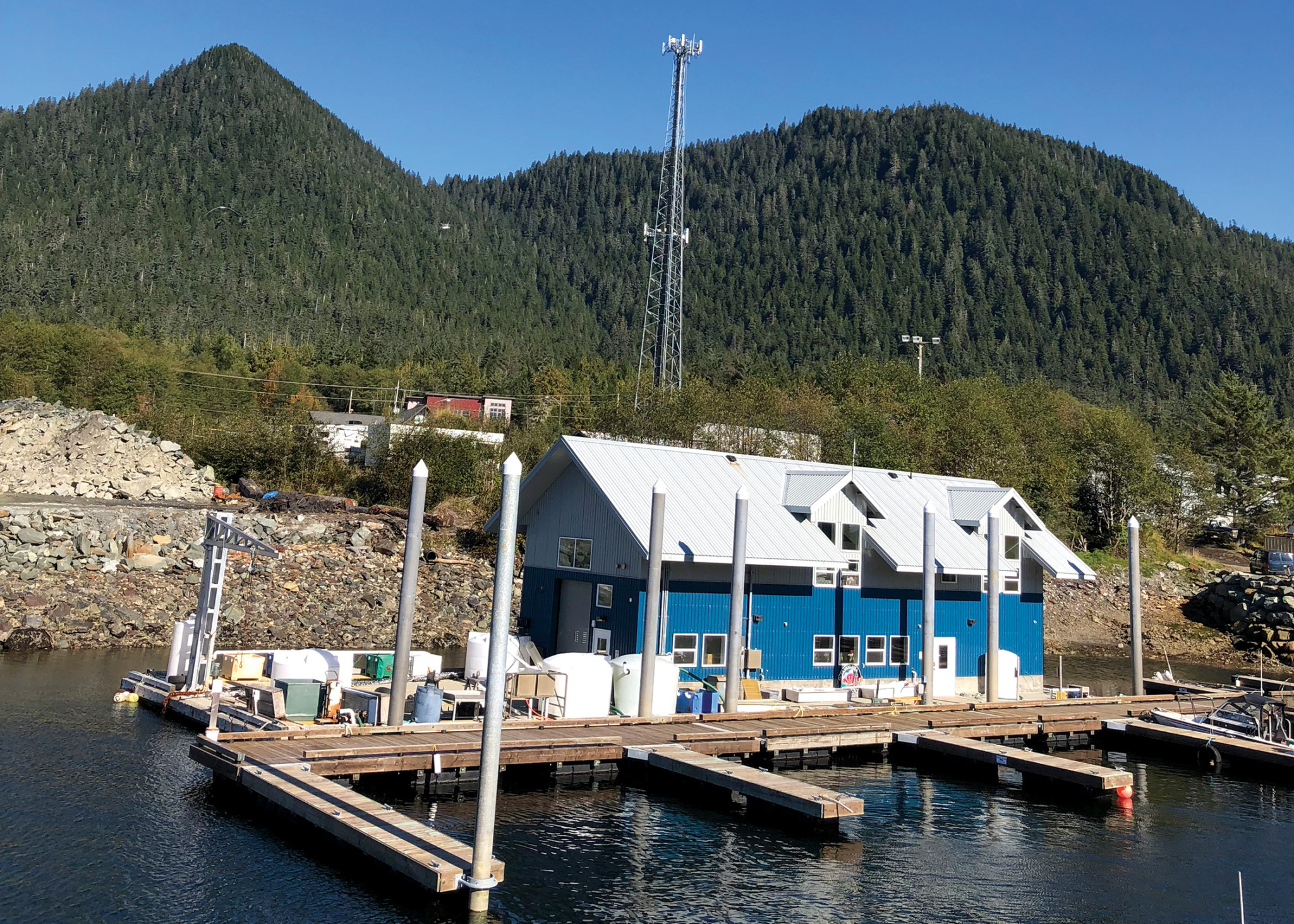In 2018, the Alaska Mariculture Development Plan identified the goal to grow a $100 million mariculture industry, a 100-fold increase, in 20 years. The top priority is to secure seed supply through Alaska hatcheries.
OceansAlaska — the concept and vision of Alaskan educators, scientists, fishermen and business leaders — is dedicated to the expansion of the growing mariculture industry and wild stock enhancement for oysters, geoducks and kelp in Alaska by making commercial quantities of seed available. The non-profit seeks to become self-supporting through seed sales to small growers on the U.S. and Canadian west coasts.
The focus at OceansAlaska is to provide seed stability to Alaskan farmers by providing high-quality seed at the times that Alaskan farmers request. The company also ships oyster seed to various farms along the West Coast. The Alaska shellfish farm industry (including oysters, clams, and mussels) produced around $1 million in 2015, with Pacific oysters representing over 90 percent of farm sales statewide.
Seed supply is a critical limitation to the Alaska oyster industry and a hurdle to expansion. Alaska’s oyster farming industry includes primarily small businesses, yet recent initiatives and economic opportunity are attracting larger investments. In 2017 and ’18, Alaska received 12 oyster farm applications, two of which will require 50 million to 60 million oyster seed per year.
The industry is poised to grow and provide economic opportunities in coastal communities that have historically been fishing communities. Pacific oysters are non-native but do not reproduce in the wild in Alaska because historically the water is too cold. Larvae are supplied to Alaska hatcheries from Hawaii and Oregon. And in times of limitation, Alaska hatcheries are at the low end of the supply list. This has been one of the biggest challenges the industry has faced recently.
The OceansAlaska Shellfish Hatchery is working toward best practices and technology development to reach the goal of building capacity in Alaska hatcheries ultimately to independently produce seed to supply the growing Alaskan oyster industry. OceansAlaska will be working on developing an Alaska broodstock line that would ideally grow better in the conditions around the state.
In the face of climate change, Alaska hatcheries can provide resilience for the West Coast oyster industry and could be a backup seed source for oyster production in the Pacific Northwest in the future. Alaska has the lowest Pacific oyster disease risk on the West Coast because it lacks natural populations.
Current goals at OceansAlaska are to increase production numbers to around 40 million Pacific oyster seed, 2 million geoduck seed, and enough kelp to result in 1 million pounds of kelp. The organization is also looking at expanding its operation to another site south of Ketchikan, which would add more space and help reach production goals.
To learn more or become a part of the OceansAlaska membership program, visit OceansAlaska.org.
Ginny Eckert, Alaska SeaGrant associate director for research, served as a reference for this article.







